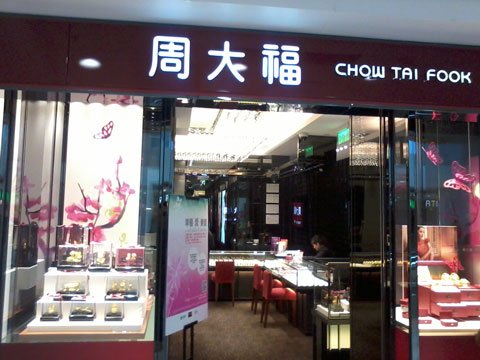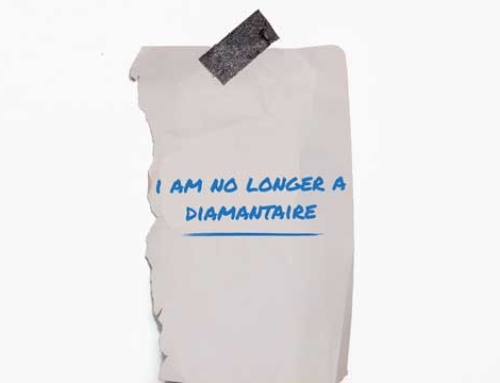Natural diamond producers have signed a cooperation agreement with Chinese jeweler Chow Tai Fook. The intention is that Chow Tai Fook, the largest jewelry retailer in China with more than 4,450 stores, will promote natural diamonds to its customers.
Through this collaboration, the Natural Diamond Council, the federation of natural diamond producers, hopes to build a defensive wall against growing competition from artificial alternatives, which involve manufacturing the stones in a laboratory.
Value
“The partnership nurtures the ambition to communicate the value of natural diamonds to consumers and to strengthen public trust and desire for natural diamonds,” said Chow Tai Fook. “The intention is to emphasize the core values and emotional significance of natural diamonds and underline their preciousness and rarity.”
The initiative is part of a strategy by the mining industry to slow the rising sales of artificial diamonds, which are chemically identical to mined stones. The Danish jeweler Pandora recently announced that it would henceforth sell only artificial diamonds.
Among the members of the Natural Diamond Council are the largest mining groups in the world, such as De Beers, Alrosa and Rio Tinto. The organization was launched last year as the successor to the Diamond Producers Association. In the past year, De Beers had to report its worst diamond sales in nearly a decade. The outbreak of the corona pandemic had led to a collapse in demand.
However, with the resurgence in the economy, both natural diamond producers and manufacturers of artificial stones hope to once again attract more consumers. Chow Tai Fook saw a 141 percent increase in sales at some locations during the first quarter of this year compared to the same period last year.
Marketing
The production of laboratory diamonds has shown strong growth in recent years. Three years ago there was still talk of a global production of about two million carats. Last year, however, there was already talk of a volume of between six and seven million carats. More than half of laboratory diamonds are manufactured in China.
The supply of natural diamonds, on the other hand, has declined. Four years ago, a production level of 152 million carats was still recorded. However, that figure had shrunk to 111 million carats last year.
The Natural Diamond Council has stepped up its resistance to lab-grown diamonds. The advocacy group protested earlier this year to the U.S. National Advertising Division over the marketing of Diamond Foundry, a Silicon Valley-based manufacturer of artificial diamonds.
The company was subsequently ordered to adjust its advertising and communicate the origin of its diamonds clearly and conspicuously.
But the American advertising authority on the other hand stated that the Natural Diamond Council also had to stop using a number of comparative claims in its marketing. Among other things, it is no longer allowed to claim that mined diamonds produce less carbon dioxide than artificial stones.







